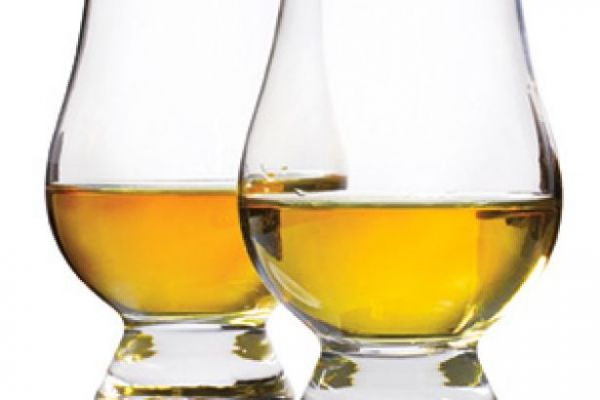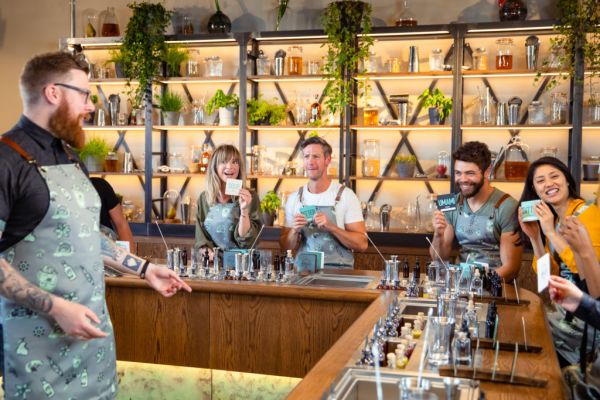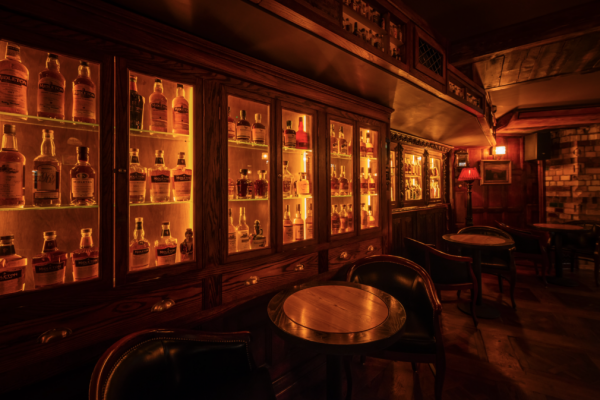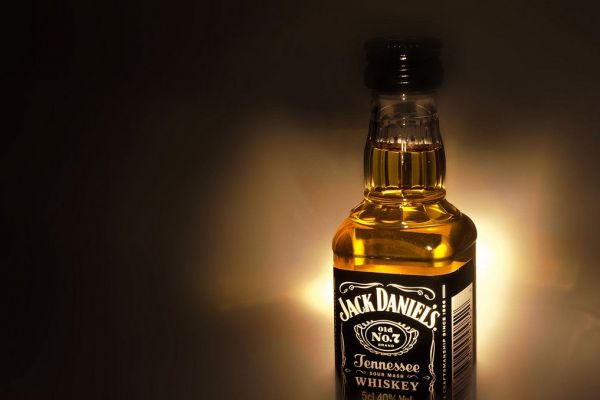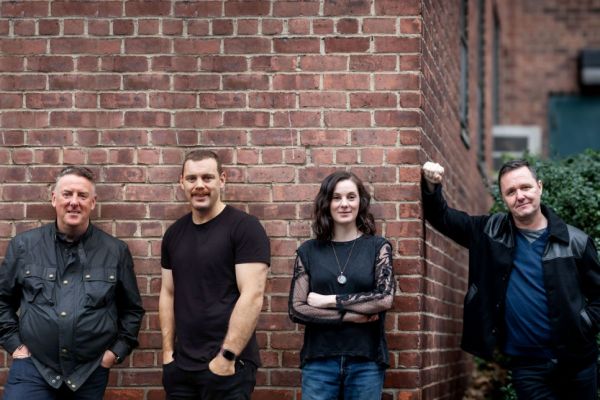Can’t decide between bourbon or rye? You might not have to: An increasing number of whiskey producers are combining multiple types of whiskey in the same bottle, in pursuit of unique flavour profiles. Purists probably won’t approve, but these unusual combinations are yielding some remarkably sophisticated sips.
“We’re creating something more complicated, more interesting, more balanced,” says David Perkins, founder of High West Distillery in Park City, Utah, one of the first to trumpet whiskey hybrids, such as BouRye (bourbon + rye), or Campfire, which adds a bit of smoky Scotch to a bourbon-rye mix. “It’s like a meritage in Bordeaux,” a reference to the practice of blending two or more of the “noble” Bordeaux grape varieties in winemaking.
While it’s part of the process to create a recipe of various grains, called the mash bill, prior to fermentation and distilling, it’s rare to see finished whiskeys from different categories mingled together post-distillation. It’s the polar opposite of the prized single barrel bottling—a mutt vs. a purebred whiskey.
Historic Roots
Yet, Perkins notes, it’s not as if it has never been done. After Prohibition, when stocks were at their lowest, it was common to blend together whatever whiskeys could be readily obtained. And it’s been a longstanding practice among practical Canadian producers, who routinely blend various types of whiskies. (Note: This is a contrast to blended Scotch, which mixes whiskies from different distilleries, but they’re not blending in anything that isn’t Scotch whisky.)
But among modern-day distilleries, particularly American producers? We like to know what we’re getting, and we don’t tend to muddy the rye by mixing in bourbon (unless you’re a bartender—split-base cocktails are a separate thing). And some categories have devoted, verging on rabid, fan bases.
Perkins says High West—which started out blending juice made by others, not distilling spirits in house—cobbled together its earliest hybrid blends simply “to pay the bills.” But it was also a useful differentiator in a crowded market: “There were plenty of good bourbons out there,” he recalls. “Why not do something different and give people a reason to buy?”
Of course, it’s always possible that some producers of amorphously labeled “American whiskey” may very well have mixed whiskey types but haven’t been bold enough to disclose it. “Maybe talking about it, maybe that was unique,” Perkins concludes.
Story SellsSometimes it’s all about the concept: Diageo and film producer/director Brett Ratner (Rush Hour, Horrible Bosses) collaborated on the newly released Hilhaven Lodge, a limited-edition whiskey blend incorporating bourbon from the 2000s, Tennessee whiskey from the 1990s, and rye whiskey from the 1980s. The whiskey is named for Ratner’s Beverly Hills two-acre property and is meant to evoke the decades of Hollywood history (more than just three decades, however) behind the luxe private residence.
In some ways, the DNA of products like Hilhaven (and Orphan Barrel, another Diageo line of limited edition “found” whiskeys) owes something to those post-Prohibition pragmatists, who scrapped together whatever hooch they could lay hands on.
“At Diageo, we have access to quite an immense stock of whiskeys from different periods and different distilleries,” explains Gerry Graham, master of whiskey for Diageo, who worked on the Hilhaven project. “This one was from Stizel-Weller, where we have a stock of very young to very old liquid. It took time to find the right liquids, and then it was up to the blenders to find the right balance.”
Blends of whiskeys of different types and different ages are rare enough. But perhaps the most special blended whiskey of all is one that incorporates different geographies. Ichiro’s Malt & Grain, made by Japan’s Ichiro Akuto of Chichibu distillery, has created a “worldwide whisky”—a veritable United Nations of whiskey made with an unheard-of blend from the countries Akuto calls “the big five”: the U.S. (bourbon, specifically), Canada, Scotland, Ireland, and, of course, Japan. It’s silky and elegant, with warming, almond-like tones and a honey-pepper finish.
In an atmosphere where headlines constantly bemoan the imminent shortage of some of the world’s most tightly regulated purebred whiskeys—namely, bourbon and Scotch, not to mention dwindling stocks of age-statement whiskeys of all provenance—perhaps an expanding lineup of experimental blends are just what we need right now.
News by Bloomberg, edited by Hospitality Ireland
